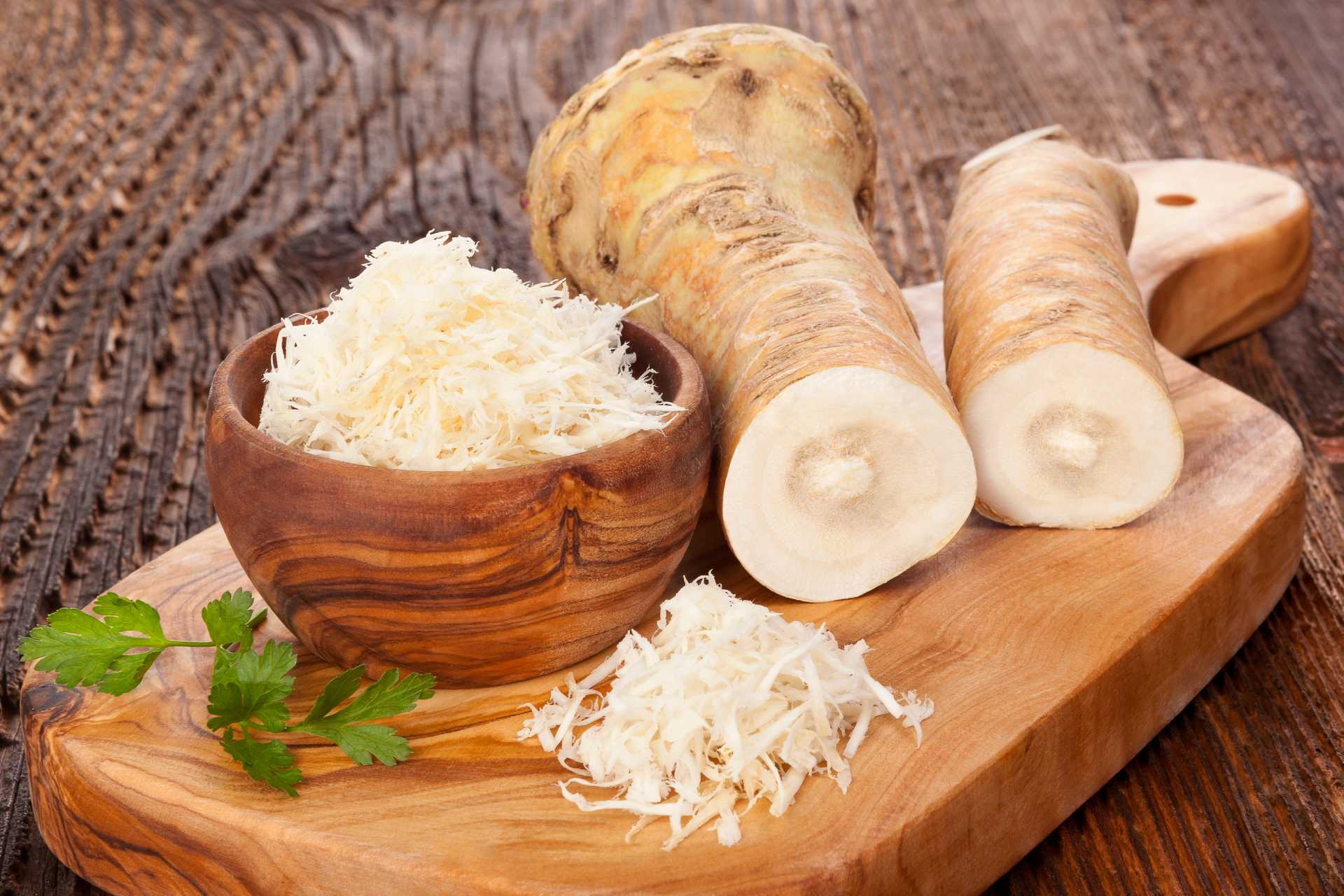As wasabi is so difficult to cultivate, the genuine article has found it impossible to keep up with the exploding popularity of sushi across the world over the past two or three decades. Its rarefied status is reflected in its price. Whereas a kilo of horseradish sells for under $5 per kilo, high-end sushi restaurants can pay up to $300 for a kilo of wasabi.
By weight, wasabi is actually one of the world’s most expensive foods. Even just the seeds cost in the region of a dollar each. Unfortunately, another example of wasabi’s temperamental nature is that many of those pricey seeds simply fail to germinate.
How to handle wasabi right
Of course, when something so hard to produce costs that much money, you’ll want to ensure that you get the most out of it. Unlike commercial horseradish-based wasabi pastes, real wasabi is never prepared in advance.
A good Japanese restaurant will invariably grate the wasabi fresh to order. This isn’t just a matter of good taste. Another advantage of horseradish is that it has quite a long shelf life, even once grated and jarred. On the other hand, wasabi has a comparatively short expiration date. Once it’s been grated, you can expect it to start spoiling after about 15 minutes.
This also adds to the cost, at least in restaurants. It costs more to prepare something in small quantities ad hoc than it does to prepare a larger amount in advance.
So now you know why it’s so hard to get your hands on real wasabi. However, let’s be clear that we mean no disrespect to the humble horseradish. Just because it’s cheaper – and only because it’s easier to grow – doesn’t mean you should turn your nose up at this most misunderstood of vegetables. Click here for outstanding recipes that tame the spicy root, or try something a little more exclusive with Ernesto Iaccarino’s horseradish croquettes with turmeric and jasmine.
What is wasabi made of?
Since wasabi is too rare and prohibitively expensive to satisfy demand, most commercial wasabi is made from horseradish and other ingredients. The wasabi paste that comes with your conveyor belt sushi is almost certainly horseradish, mustard powder, and green food colouring. If you’re lucky, it will use spinach extract as the colouring. This might better replicate the more herbaceous flavour of real wasabi – although you probably won’t be able to tell over the aggressive sharpness of the horseradish.
This is what even the most passionate sushi fans are consuming on a regular basis. In the US, more than 99% of what is sold as wasabi is actually this mix of horseradish, mustard and food colouring. That probably won’t surprise you after reading this article, but how about this? Even in Japan, an estimated 95% of wasabi products are also fake.
If you’re looking for inspiration in the kitchen, this simple recipe for wasabi noodles with beans and tofu could be what you need. It’s also vegan-friendly and very tasty. For something vegetarian with a bit more crunch, how about this deep-fried tofu with wasabi, daikon and herbs, such as chives and coriander. Finally, this exclusive recipe has been shared by the two-Michelin-starred restaurant Don Alfonso 1890 in Naples. Horseradish croquettes with turmeric and jasmine are elegant and full of flavour.











